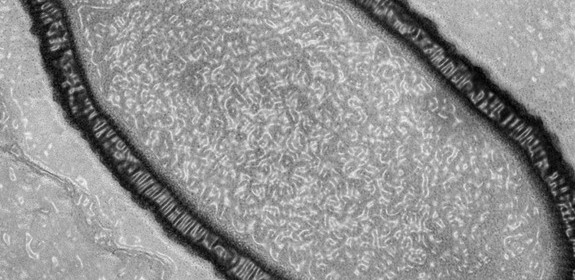Resurrecting an ancient virus

French researchers have revived a dormant and previously unknown virus from a 30,000-year-old sample of Siberian permafrost. The pathogen poses no threat to humans, but its zombie-like return to an infectious state demonstrates the remarkable durability of microbes and raises the question of whether unknown, disease-causing viruses from some ancient era might be locked in ice. [This] is a good demonstration that the notion that a virus could be ‘eradicated from the planet is plain wrong, and gives us a false sense of security,” Jean-Mic .
Claverie of the Mediterranean Institute of Microbiology tells Smithsonian.com.Tbe virus, Pithovirus sibericum, is between 10 and 100 times larger than an average-size virus, and its 500 genes give it far greater genetic complexity than the common influenza virus. All viruses require host cells to reproduce, and they exist in an inert state in between reproductive cycles, much like a plant’s seed does.
In this instance, researchers thawed a sample of frozen soil taken from 100 feet underneath the surface, then placed it on a petri dish containing amoeba colonies. The resuscitated virus was absorbed by the amoebas and then began making copies of itself until it split open its hosts, killing them.

 Print
Print